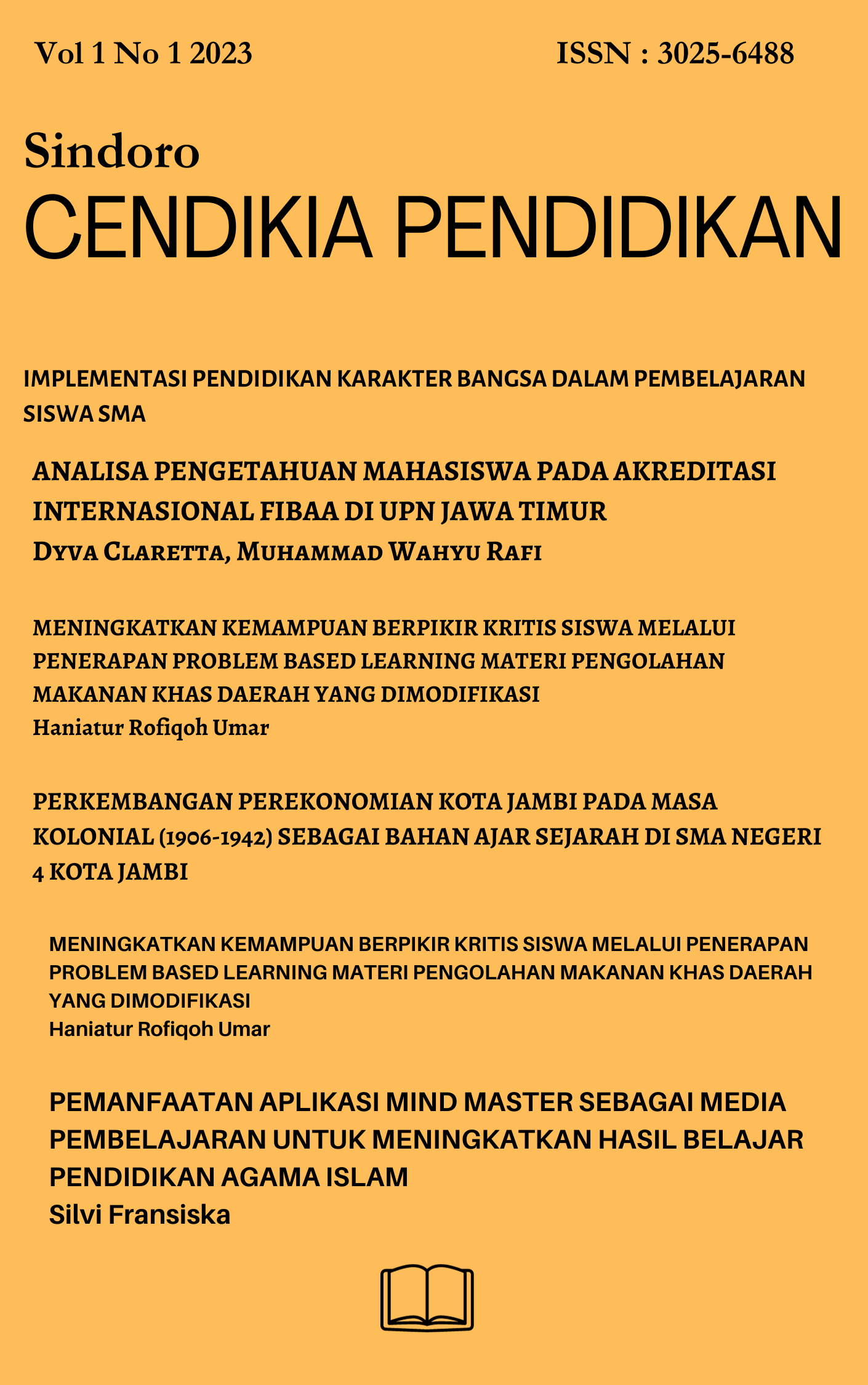EXPLORING BOUNDARIES: A PYSCHOLINGUISTICS COMPARISON BETWEEN HUMAN LANGUAGE AND NON-HUMAN COMMUNICATION
Main Article Content
Abstract
Language is the most effective and important communication tool in social life. Language has a high value in human life in everyday communication. However, as living creatures, humans and animals have a communication system between humans and animals. This language ability is what distinguishes humans from animals. Humans organize their lives with language. While animals also have their own way of organizing their lives, especially in communicating. This study aims to analyze the differences between how humans and animals communicate. By using the literature review method as the basis for collecting information, this study seeks to understand the main differences in communication systems and language abilities between the two. The results of the analysis show that the fundamental differences between human and animal communication lie in the structure of the communication system and the language abilities they possess.
Article Details

This work is licensed under a Creative Commons Attribution-NonCommercial 4.0 International License.
This work is licensed under a Creative Commons Attribution-ShareAlike 4.0 International License.
Authors who publish with this journal agree to the following terms:
- Authors retain copyright and grant the journal right of first publication with the work simultaneously licensed under a Creative Commons Attribution License that allows others to share the work with an acknowledgement of the work's authorship and initial publication in this journal.
- Authors are able to enter into separate, additional contractual arrangements for the non-exclusive distribution of the journal's published version of the work (e.g., post it to an institutional repository or publish it in a book), with an acknowledgement of its initial publication in this journal.
- Authors are permitted and encouraged to post their work online (e.g., in institutional repositories or on their website) prior to and during the submission process, as it can lead to productive exchanges, as well as earlier and greater citation of published work
References
Apriastuti, Ayu Ari. 2017. “Bentuk, Fungsi Dan Jenis Tindak Tutur Dalam Komunikasi Siswa di Kelas IX Unggulan SMP PGRI 3 Denpasar”. Jurnal Ilmiah Pendidikan dan Pembelajaran. Vol. 14, No. 1 (hlm. 38-47).
Busro, M. (2015). Bahasa dan Pikiran. El-Wasathiya: Jurnal Studi Agama, 3(1), 48-56
Fitch, W.T.; Hauser, M.D. (2014). "Computational constraints on syntactic processing in a nonhuman primate" (PDF). Science. 303 (5656): 377– 380.
Hauser, M, D.; Chomsky, N; Fitch, W. Tecumseh (2012). "The Faculty of Language: What Is It, Who Has It, and How Did It Evolve?" (PDF). Science. American Association for the Advancement of Science. hlm. 1569–1579
Isna, A. (2019). Perkembangan bahasa anak usia dini. Al Athfal: Jurnal Kajian Perkembangan Anak Dan Manajemen Pendidikan Usia Dini, 2(1), 62-69.
Kustanti, D., & Prihmayadi, Y. (2017). Problematika budaya berbicara bahasa Inggris. AlTsaqafa: Jurnal Ilmiah Peradaban Islam, 14(1), 161-174.
Lawson, F.R 2011. Conference, Convention & Exhibition Facilities. London
Mailani, O,. & Nuraeni, I,. & Syakila, S, A,. & Lazuardi, J,. (2022). Bahasa Sebagai Alat Komunikasi Dalam Kehidupan Manusia. KAMPRET Journal. Vol. 1 No. 2
Mestika, Zed. 2014. Metode Penelitihan Kepustakaan. Jakarta: Yayasan bogor Indonesia.
Nasucha, Yakub. 2010. Bahasa Indonesia untuk Penulisan Karya Ilmiah. Yogyakarta: Media Perkasa.
Oktaviani, T., & Anwar, M, K,. & Krisanjaya. (2017). Transitivitas Teks Anekdot Komunikasi Jenaka Karya Deddy Mulyana. Arkhais: Jurnal Ilmu Bahasa dan Sastra Indonesia. Vol 8 no 1.
Pinker, S.; Bloom, P. (2009). "Natural language and natural selection". Behavioral and Brain Sciences. 13 (4): 707–784. CiteSeerX 10.1.1.116.4044. doi:10.1017/S0140525X00081061
Poe, E. A. (2016). The Black Cat & Other Stories. Noura Books.
Suhara, Y. I., Kiska, N. D., & Aldila, F. T. (2022). Hubungan Karakter Gemar Membaca terhadap Hasil Belajar Tematik Peserta Didik Sekolah Dasar. Integrated Science Education Journal, 3(1), 11-15
Syaprizal, M. P. (2019). Proses pemerolehan bahasa pada anak. AL-HIKMAH (Jurnal Pendidikan Dan Pendidikan Agama Islam), 1(2), 75-86.
Utami, S. R. (2017). Pembelajaran Aspek Tata Bahasa dalam Buku Pelajaran Bahasa Indonesia. Aksis: Jurnal Pendidikan Bahasa dan Sastra Indonesia, 1(2). 189- 203. doi: doi.org/10.21009/AKSIS.01020
Wibowo, W. (2022). Konsep Tindak Tutur Komunikasi. Bumi Aksara.

